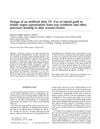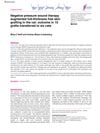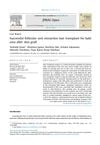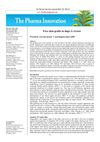Skin Graft Harvesting and Donor Site Selection
August 2011
in “
InTech eBooks
”
skin graft split-thickness skin graft full-thickness skin graft meshed graft sheet graft pinch graft punch graft hair follicular graft dermatome graft expansion fixation methods negative pressure dressing human fibrin sealant scalp donor site autograft skin substitutes tissue-engineered skin STSG FTSG HFG FS
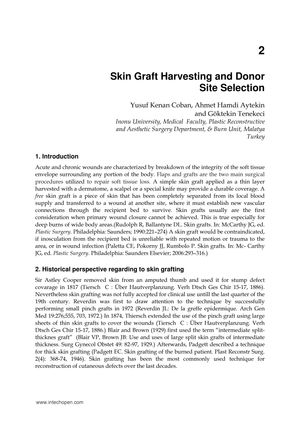
TLDR The document concludes that skin grafts are essential for repairing tissue loss, with various types available and ongoing research into substitutes to improve outcomes and reduce donor site issues.
The document from 2011 provides a comprehensive overview of skin graft harvesting and donor site selection, detailing the history, techniques, and principles involved in the procedure. It explains the use of skin grafts for repairing soft tissue loss, particularly in cases of deep burns or when primary wound closure is not possible, and describes various types of grafts including split-thickness skin grafts (STSG), full-thickness skin grafts (FTSG), meshed, sheet, pinch/punch grafts, and hair follicular grafts (HFGs). Techniques such as the use of dermatomes, graft expansion, and fixation methods are discussed, as well as the importance of matching donor and recipient site characteristics. The document also mentions the use of negative pressure dressings and human fibrin sealant (FS) for improving graft take, and the potential of the scalp as a donor site for STSG due to its rapid healing. It acknowledges the limitations of autografts and the ongoing search for skin substitutes and tissue-engineered skin to address issues such as donor site morbidity and limited availability of autologous grafts.
